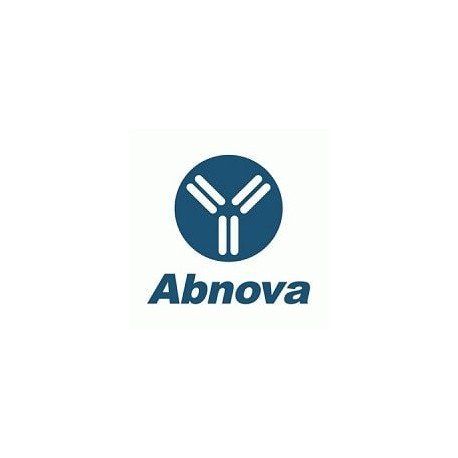Cart 0 Product Products (empty)
No products
To be determined Shipping
0,00 € Total
Prices are tax excluded
Product successfully added to your shopping cart
Quantity
Total
There are 0 items in your cart. There is 1 item in your cart.
Total products (tax excl.)
Total shipping (tax excl.) To be determined
Total (tax excl.)
Data sheet of CYP19A1 polyclonal antibody
| Brand | Abnova |
| Product type | Primary antibodies |
| Reactivity | Bovine,Chicken,Horse,Human,Mouse,Pig,Rabbit,Rat,Sheep |
| Host species | Rabbit |
| Applications | IHC,WB-Ti |
More info about CYP19A1 polyclonal antibody
| Brand: | Abnova |
| Reference: | PAB8551 |
| Product name: | CYP19A1 polyclonal antibody |
| Product description: | Rabbit polyclonal antibody raised against synthetic peptide of CYP19A1. |
| Gene id: | 1588 |
| Gene name: | CYP19A1 |
| Gene alias: | ARO|ARO1|CPV1|CYAR|CYP19|MGC104309|P-450AROM |
| Gene description: | cytochrome P450, family 19, subfamily A, polypeptide 1 |
| Immunogen: | A synthetic peptide corresponding to residues surrounding amino acids 385 of human CYP19A1. |
| Form: | Liquid |
| Recommend dilutions: | Western Blot (0.5-4 ug/mL) Immunohistochemistry (10-20 ug/mL) The optimal working dilution should be determined by the end user. |
| Storage buffer: | In PBS (30% glycerol, 0.5% BSA, 0.01% thimerosal) |
| Storage instruction: | Store at -20°C. For long term storage store at -80°C. Aliquot to avoid repeated freezing and thawing. |
| Quality control testing: | Antibody Reactive Against Synthetic Peptide. |
| Note: | This product contains thimerosal: a POISONOUS AND HAZARDOUS SUBSTANCE which should be handled by trained staff only. |
| Product type: | Primary antibodies |
| Host species: | Rabbit |
| Antigen species / target species: | Human |
| Specificity: | This antibody should recognize aromatase in samples from human, mouse, rat, bovine, porcine, pig, sheep, rabbit, horse and chicken origins. A 55 KDa band can be detected, corresponding to the expected molecular weight of Aromatase. An additional 35 KDa band (believe to be the cleavage product of Aromatase) can also be detected in Jurkat cells. |
| Reactivity: | Bovine,Chicken,Horse,Human,Mouse,Pig,Rabbit,Rat,Sheep |
| Application image: |  |
| Application image note: | Western blot analysis of CYP19A1 expression in human brain tissue lysate. |
| Applications: | IHC,WB-Ti |
| Shipping condition: | Dry Ice |
| Publications: | Effects of interleukin-8 on estradiol and progesterone production by bovine granulosa cells from large follicles and progesterone production by luteinizing granulosa cells in culture.Shimizu T, Kaji A, Murayama C, Magata F, Shirasuna K, Wakamiya K, Okuda K, Miyamoto A. Cytokine. 2011 Nov 28. |


